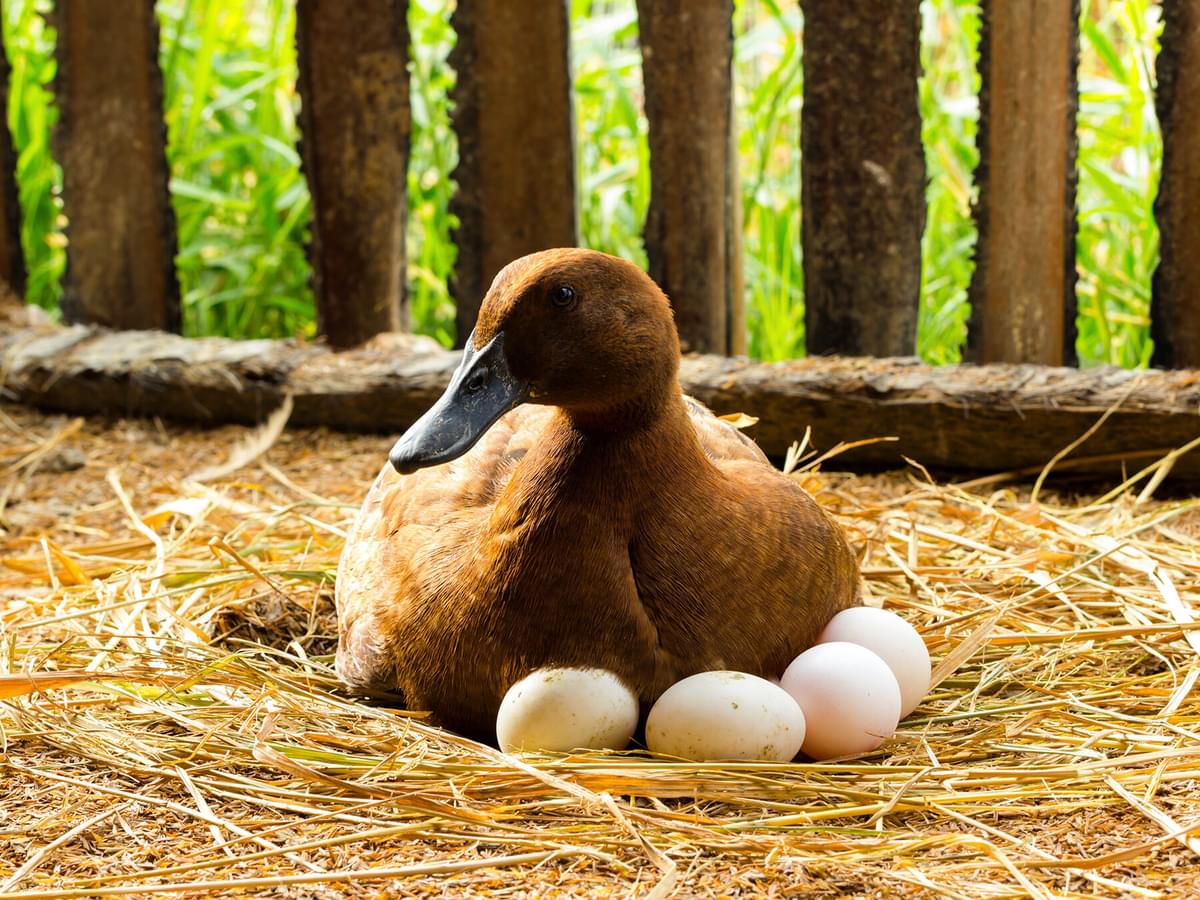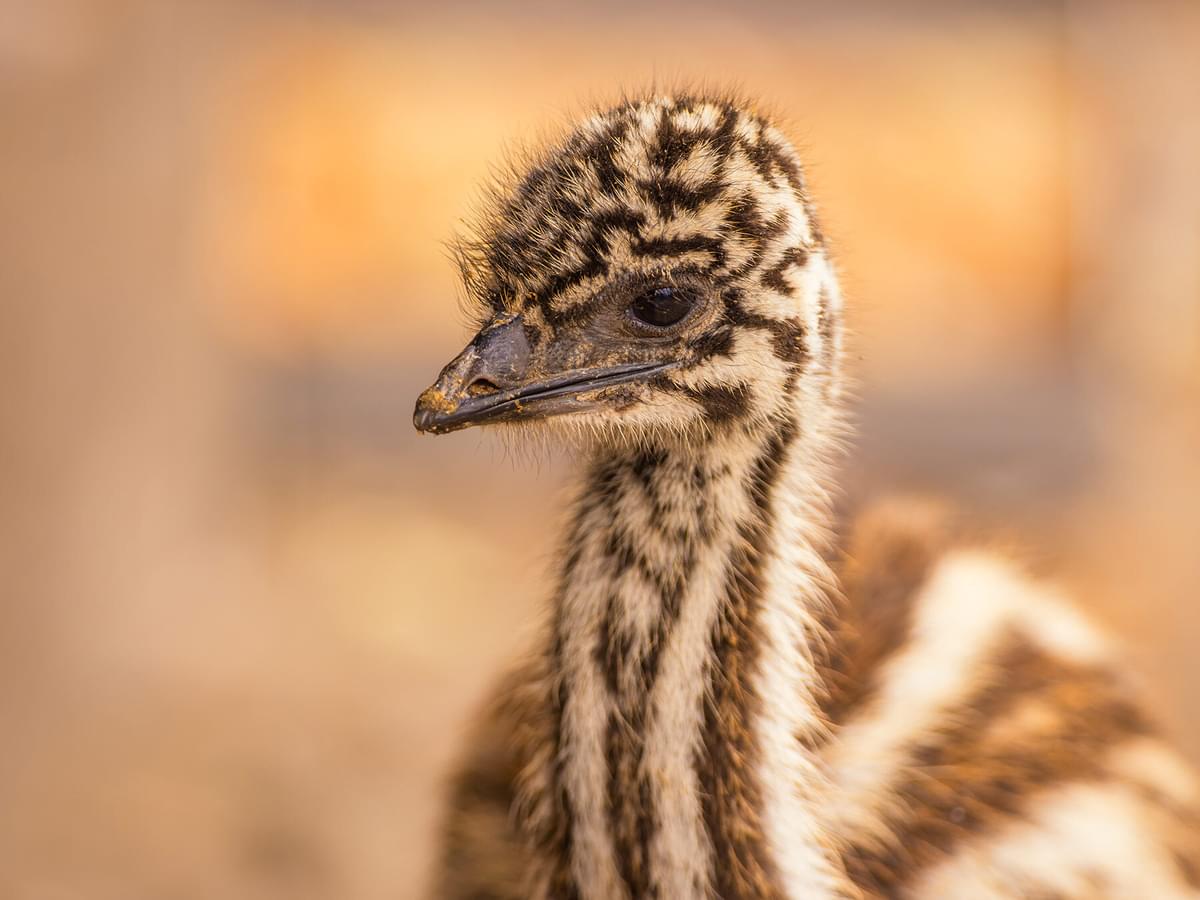Birds are what is known as oviparous. This means they lay eggs that then hatch into live young chicks after a period of incubation. Read on to find out whether there are any exceptions to this statement or if, in fact, all birds do lay eggs.
All species of birds reproduce by laying eggs, which are then incubated by either or both parent birds in turn. After a period of time, which varies from species to species, the eggs hatch, producing live young. If you’re being particularly picky, then no, not all birds lay eggs, as male birds don’t.
The shape and color of eggs varies between different bird species, as does the size and frequency of laying. Captive birds, such as hens or ducks, may lay unfertilized eggs on a daily basis. Other birds kept as pets, such as parrots or cockatiels may also lay eggs without a male being present.
Keep reading, as we investigate the ins and outs of egg laying, exploring whether all hatchlings are born in a similar state of development and why eggs are different shapes and colors.

Hens are amongst the species that can lay unfertilised eggs daily
Which birds do not lay eggs?
The obvious answer to this question is male birds. Male birds do not lay eggs. Females of all bird species do lay eggs. It’s what makes them birds.
How often do birds lay eggs?
The frequency of egg-laying varies massively from one species to another and whether a bird is living in captivity or in the wild. Hens or ducks kept for the egg industry can and will lay on a daily basis, as long as access to light is readily available, and eggs that have been laid are removed.
In the wild, birds tend to lay eggs in the warmer months of the year, laying one, two or more clutches of eggs per year. Some birds lay their clutch spaced out over a period of several days, while others will complete laying on one day.
Typically, wild birds lay their eggs, incubate them until they have hatched, and then spend time raising their brood. In some species, a second and possibly subsequent broods are raised in the same season.
However, eggs certainly are not laid on a daily basis all year round in the wild as they may be for ducks or chickens kept in captivity.

Like hens, ducks will lay eggs on a daily basis
Do all birds lay eggs in a nest?
Nest construction sites and styles can differ greatly from bird to bird, depending on the natural environment in which they live and the locations and nesting materials that are available.
Birds such as pheasants and cassowaries lay eggs in a rough scrape on the ground, rather than a formally constructed nest of twigs and grass.
The young of these birds are ready to leave the nest with parental supervision fairly soon after hatching, so a protected nest site in which young birds can be brooded and safely grow is not necessary.

The nest of a pheasant with eggs inside
Many urban birds will take advantage of a suitably placed nest box, roughly lined with down or soft grass instead of building a nest themselves. Woodpeckers and some ducks lay their eggs in a cavity or hollow in a tree trunk or branch, rather than building their own nest.
In colder climes, where nesting materials are scarce, penguins have evolved to rely on laying their eggs in an alternative to a traditional nest. A female Emperor penguin lays her egg directly on the ice, before passing it to the male to incubate.
Colonies of Common Murres are so densely crowded, so there is no space for traditional nests to be built. Instead, they lay their eggs on rocky ledges of cliffs, and constantly guard them from predators.
Puffins dig burrows to lay their eggs in and flamingoes build mounds from wet mud and stones, on which they lay and incubate their eggs.

Guillemots nesting on the edge of a cliff
Do all birds’ eggs look the same?
Eggs laid in more open settings are likely to be more colorful or marked than those birds whose nests are better hidden and camouflaged from predators. Birds that lay their eggs on the ground are commonly brown or streaked with dark speckles.
The eggs of dunnocks, blackbirds and others that nest in leafy shrubs and bushes are often greenish-blue. Birds that nest in cavities are often a bright white or blue, as this makes them more visible in the darkness of the hollow.
There are several distinct shapes of eggs. The most common is the ordinary oval shape, associated with chickens. Owls and woodpeckers lay rounded, almost ball-shaped eggs. Cliff-dwelling birds such as Guillemots, Common Murres, lay pointy, conical eggs, an adaptation that means the eggs are less likely to roll off the cliffs on which they are laid.
Recent research suggests that the shape of a bird’s eggs may be directly related to its ability to fly. Birds that are more adept at flight were found to have eggs that are more elongated and asymmetric in shape, whereas those of flightless birds tend to lay oval-shaped eggs.

Close up of Dunnock eggs

Tawny Owl eggs
Is laying eggs painful for birds?
We will never know conclusively whether egg-laying is painful for female birds, as they are unable to communicate to us how it feels. One theory is that unless the laying female is very young or the egg that is laid is exceptionally and disproportionately large, then laying is not an excessively painful experience.
Observations of domestic chickens may suggest that the laying of a hen’s first eggs may be initially uncomfortable and distressing, accompanied by loud squawking, but this is not the case for subsequent eggs, perhaps when they have become more accustomed to what is happening.
Can birds lay eggs without a male?
In most bird species, it is physically possible for females to lay eggs without a male - just look at the millions of eggs laid by chickens on a daily basis. However, for an egg to be fertilized and to be able to successfully hatch into a viable chick, the female bird does need to have mated with a male.
Hormonal changes within the reproductive systems of female birds enable them to lay eggs without a male being present. However, this is more common in captive birds, as in the wild, it is unusual for female birds not to have paired up with a male during the breeding season, and for any eggs laid to have been fertilized.
When a bird’s pineal gland detects light, this stimulates the brain, which then triggers the hypothalamus to produce estrogen and other hormones to initiate laying (or mating, in wild birds).

Close up of a Kittiwake incubating eggs in the nest
Do male birds lay eggs?
Male birds lack the reproductive organs needed to produce eggs. They do not and cannot lay eggs. If the pet parrot, parakeet, or cockatoo that you’ve always thought was a male lays a surprise egg, we hate to break it to you, but there’s no way it can actually be a male after all.
Do birds give birth to live young or lay eggs?
Birds are oviparous, which means that they lay eggs. They do not give birth to live young. However, the condition and development of the newborn chicks that emerge from the eggs can vary tremendously on hatching.
Chicks that are highly undeveloped at birth are termed altricial. Altricial hatchlings are featherless, have their eyes closed for their first few days of life, and depend solely on their parents for food and warmth in the initial period of life.
The hatchlings of many ducks, swans, geese, pheasants, and emus for example are born already highly developed, and are ready to leave the nest to forage for food almost immediately.
These birds, termed precocial, are relatively mature and mobile within hours of hatching, with a good covering of feathers and the ability to walk, swim, and even in some cases (for example the Maleo of Indonesia), fly almost straight away.

Emu chicks hatch precocial
